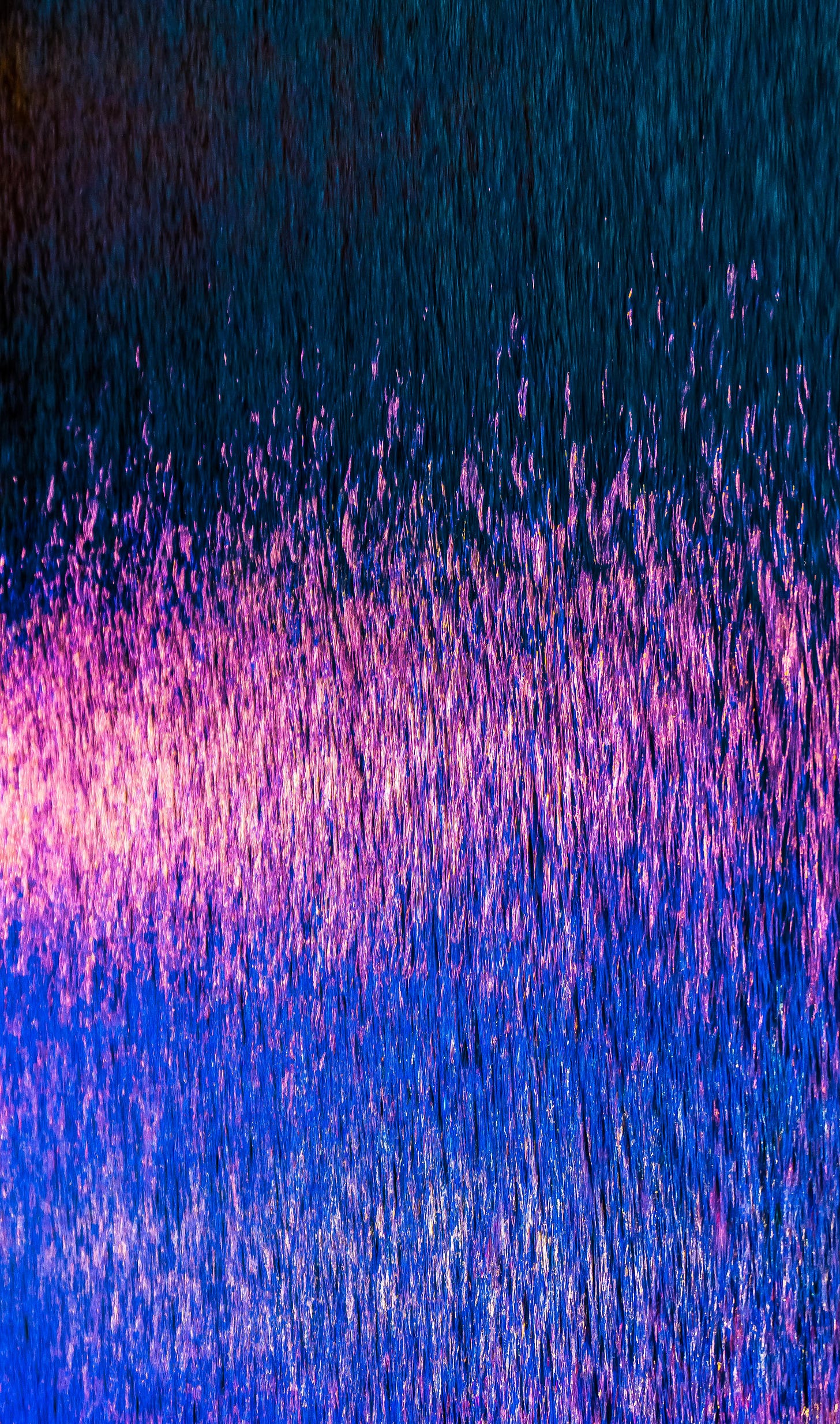Hey there! Happy Wednesday and thanks for staying with us for another amazing Interview with the artist. This time our special guest is Derek Stewart and we’re about to dive into his amazing photography.
Here are his socials, have a look and make sure to follow him!
Let’s start!
Q: Welcome Derek, great to have you with us today for this interview. I’m sure people are happy to know a little bit about you. Would you please introduce yourself?
A: Hello fellow Pictas members. My name is Derek Stewart and I live just outside Vancouver, Canada. I am a fine art photographer with most of my photographic adventures spent in and around my great city. I have been lucky enough to be represented by a Vancouver-based gallery and have been able to sell prints to collectors and restaurants.
Q: Congratulations! That sounds amazing! If you look back at the beginning, what was the trigger that made you start your photography journey?
A: I found passion in photography just about 15 years ago when I purchased my first camera (a Nikon bridge camera) and started really being a tourist in my own city. I took the camera everywhere I went. I was drawn to capturing the beauty of the Vancouver landscape and burgeoning architecture. It was a few years later that I started experimenting with abstract photography, upgraded gear, and have never looked back.
Q: Looking at your socials, I see, and you’ve just confirmed, there are mainly two different kinds of pictures: abstract and landscapes. Which is your favourite?
A: Well, if I had to choose one, I would say that shooting abstracts gives me the most artistic satisfaction. What I find fascinating about abstract photography is that quite often it is difficult for the viewer to really pinpoint what the image fully represents. As mentioned, I love taking a different look at an everyday item, through either close-up photography or by using different in-camera techniques. I want the viewer to be engaged by being intrigued, trying to figure out what exactly they have been shown. I gain a lot of satisfaction from this, and it is what drives me to continue shooting using those techniques.
Q: That’s indeed something intriguing. I, myself, often spend time watching an image again and again trying to understand what it could be. It’s fascinating.
I know you also use the ICM technique. Can you tell us a bit about it?
A: The term ICM stands for Intentional Camera Movement. It is a technique of taking a photo using a slightly longer shutter speed and panning the camera whilst the shutter is open. I stumbled onto this style somewhat by accident. For some time I lived in the city centre on a high rise overlooking the inlet. One evening I was on my balcony shooting the night lights when I decided to pan left to right while the shutter was open. As it was night it was a bit of a long exposure and I would say that it was a bit of an experiment - why not try something new. At this point, I hadn't heard of the term ICM, but I loved the results. I decided to do the same with the city lights reflecting off the ocean. As I grew more confident with the technique, I decided to post some of my shots to social media. It was then that I learned of the term ICM as someone posted a comment referring to the ICM style of photography. I immediately looked up the term and researched the technique. It turns out there are many great subjects that lend themselves to this style and I love to test this theory on nearly every shoot.
Q: That’s cool. Actually, it’s a very nice technique, I also use it for some of my portraits. Now, how do you find inspiration for your abstract images? I mean, potentially everything is a good subject for it, what do you think?
A: As mentioned, I love turning the ordinary into the extra-ordinary. Colors, textures, and patterns are all good starting points. For example, my family always celebrate birthdays with big dinners. My wife and I hold a lot of those get togethers and we have a box full of party decorations. One of those is a brightly coloured origami-style paper decoration with many different angles and textures. One day I decided to try the ICM technique using my macro lens and a .5 second exposure. I panned the camera from left to right and absolutely loved the results. I also draw inspiration from nature. One of my favourite shots to date is that of a tall grass growing off the side of a cliff that overlooked the ocean. I panned from the bottom of the stem to the tip of the grass all the while having the lovely blue background of the ocean. ICM creates a soft painterly look and this shot definitely has that vibe. It is my love of this that drives the passion to experiment.
Q: That’s awesome. I completely agree when you say that when you love what you do, that’s the driver for experiments and passion.
Thank you so much for sharing your tips and knowledge!
A: Thank you so much for having me!
Once more I recommend you check out Derek’s socials and have a look at his amazing work.
This is all for today.
Learn, create and inspire together!









Great to hear about your inspiration Derek
Hi, Derek! Great read and an inspiration to try new techniques 😀👍🏻